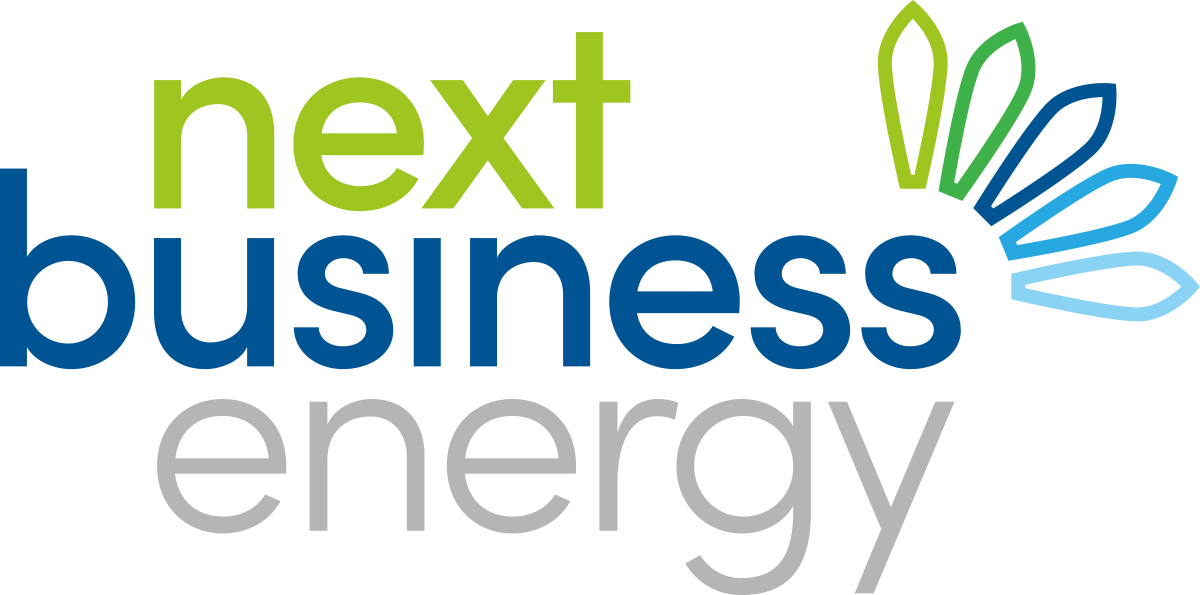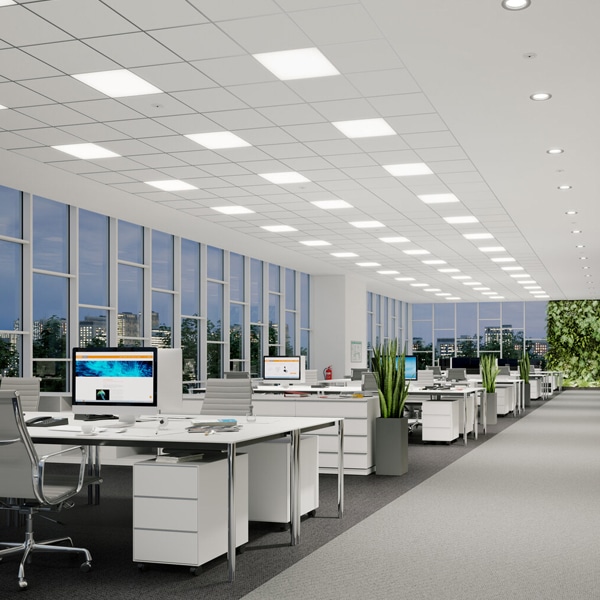When it comes to energy efficiency, there is no shortage of myths and misconceptions. Many businesses continue to operate under outdated assumptions about energy use, which can lead to higher costs and wasted resources. By separating fact from fiction, businesses can make smarter decisions about energy management and unlock real savings.
This article will debunk some of the most common energy myths and provide insights on how businesses can take practical steps toward greater efficiency.
Myth 1: Turning Off Appliances Doesn’t Save Much Power
Reality: Even when appliances are turned off, they often continue to draw power. Known as standby power, this energy drain can add up over time—especially in workplaces with multiple computers, printers, and other devices.
According to the Australian Government’s Energy Rating Program, standby power can account for up to 10% of a business’s total energy consumption. The simple act of switching off equipment at the wall when not in use can lead to significant cost savings over a year.
What businesses can do:
- Use power strips with an off switch to completely cut power to multiple devices at once.
- Invest in smart power boards, which automatically turn off unused equipment.
- Encourage staff to shut down computers and appliances at the end of the workday.
Myth 2: LED Lights Aren’t Worth the Investment
Reality: LED lighting is one of the most cost-effective energy upgrades a business can make. While LED bulbs may cost more upfront, they use at least 75% less energy and last up to 25 times longer than traditional incandescent bulbs.
A 2023 report by Sustainability Victoria found that businesses that switched to LED lighting reduced their lighting-related energy costs by 50-80%. The return on investment is often seen within a few months to a year, making it a smart financial decision for any business.
What businesses can do:
- Replace old fluorescent or incandescent lights with LED alternatives.
- Install motion sensors or timers to reduce unnecessary lighting in low-traffic areas.
- Take advantage of government rebates for energy-efficient lighting upgrades.
Myth 3: The Bigger the Appliance, the More Energy It Uses
Reality: While larger appliances can consume more energy, efficiency ratings make a bigger impact on overall usage. A well-rated large fridge or air conditioning unit can use less power than an older, inefficient smaller unit.
For example, modern commercial refrigeration units use up to 50% less energy than older models due to better insulation, compressors, and temperature control. HVAC systems have also become more energy-efficient, with newer models featuring zoning capabilities to cool or heat only the areas that need it.
What businesses can do:
- Check the energy star rating before purchasing any new equipment.
- Upgrade old appliances to energy-efficient models to save on long-term costs.
- Schedule regular maintenance to keep systems running at peak efficiency.
Myth 4: Air Conditioning Should Be Set to the Lowest Temperature for Faster Cooling
Reality: Setting an air conditioner to the lowest possible temperature does not cool a room faster—it only forces the system to work harder and use more energy.
The ideal office temperature for energy efficiency is between 22-24°C in summer. Every degree lower can increase energy consumption by up to 10%.
What businesses can do:
- Keep air conditioning at energy-efficient temperature settings (22-24°C).
- Use ceiling fans to circulate air and reduce the cooling load.
- Close blinds or curtains during peak sun hours to reduce indoor heat buildup.
Myth 5: Leaving Lights On Is Cheaper Than Turning Them Off
Reality: Some businesses still believe that frequently turning lights on and off wears them out faster or uses more energy than leaving them on. However, modern lighting technology is designed for frequent switching and does not consume a significant energy surge when turned on.
A study by the Australian Government’s Energy Efficiency Exchange found that turning off fluorescent lights when not in use reduces energy consumption by 30-50%, with no negative impact on the lifespan of LED or CFL bulbs.
What businesses can do:
- Implement a lights-off policy for unoccupied rooms and areas.
- Install motion sensors or automatic timers in storage rooms, bathrooms, and hallways.
- Educate employees on the importance of switching off lights when leaving a room.
Myth 6: Only Big Changes Make a Difference in Energy Efficiency
Reality: While major upgrades—such as solar panels or energy-efficient HVAC systems—deliver substantial savings, small, everyday actions also add up.
Simple measures like unplugging unused equipment, adjusting thermostats, or maintaining appliances can reduce energy consumption by 5-15% annually.
What businesses can do:
- Conduct an energy audit to identify small but impactful changes.
- Train employees to be energy-conscious and implement workplace habits that reduce waste.
- Take advantage of government incentives for smaller energy upgrades.
Taking the Right Steps for Smarter Energy Use
By challenging these common myths, businesses can take meaningful steps toward lowering energy costs and improving sustainability. Real energy savings come from making informed decisions, whether it’s upgrading to LED lighting, using smart meters, or optimising heating and cooling systems.
Want to know how your business can cut energy costs with real, data-backed strategies? Contact Next Business Energy today for expert advice and tailored energy solutions.

